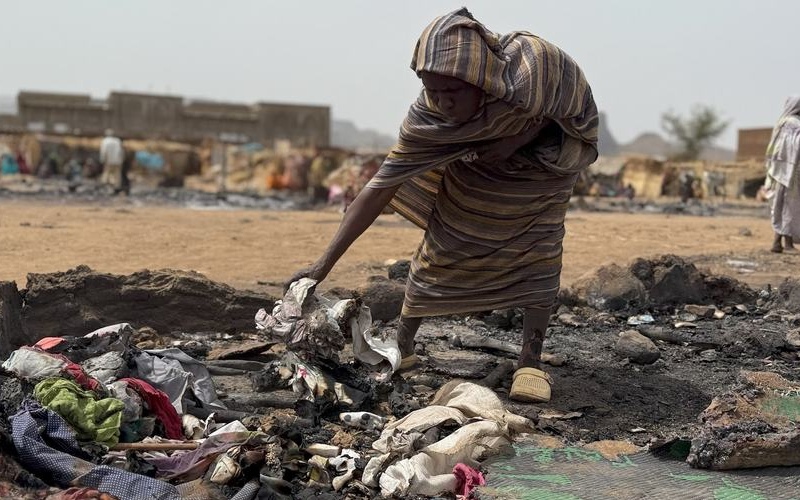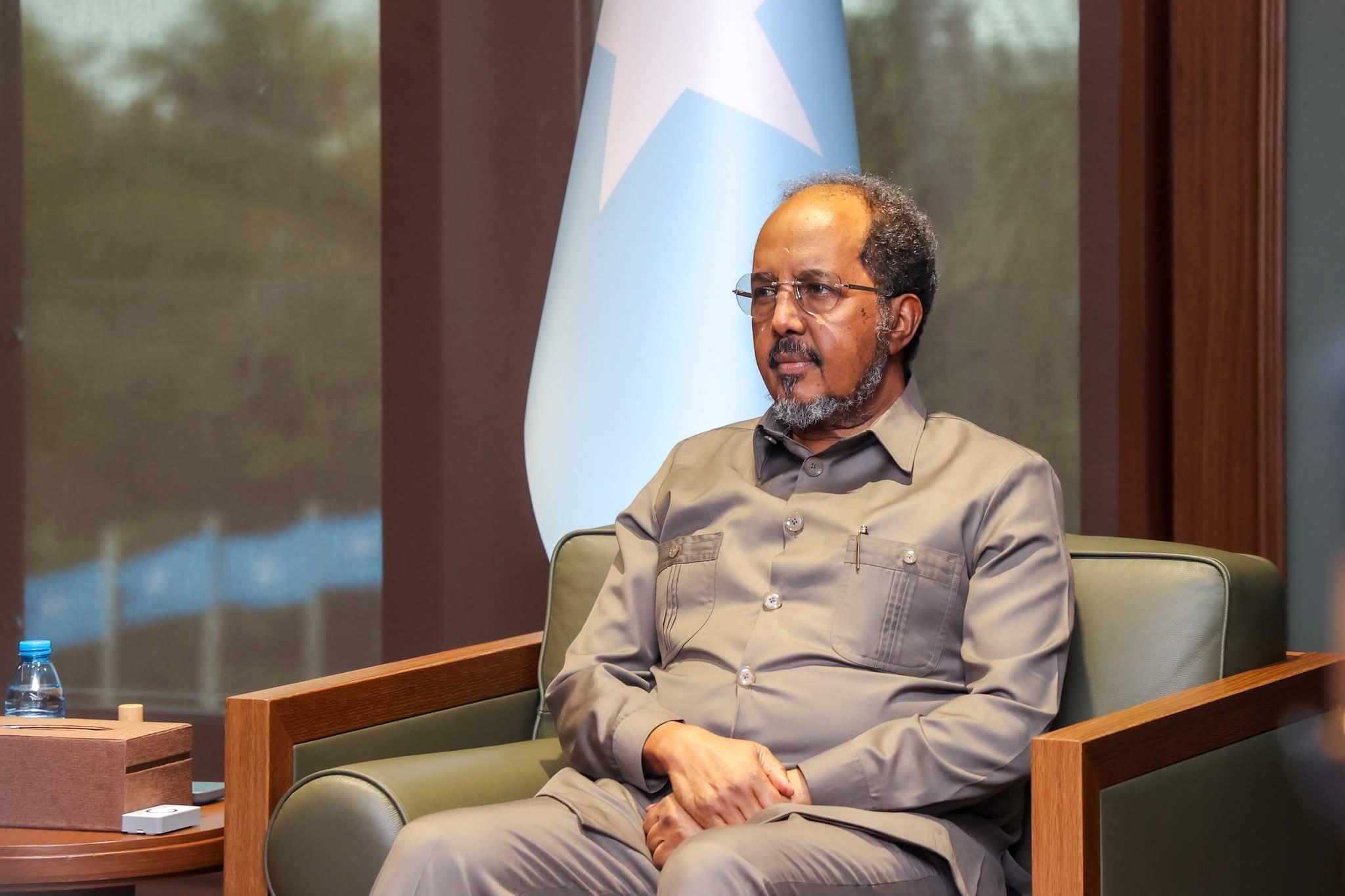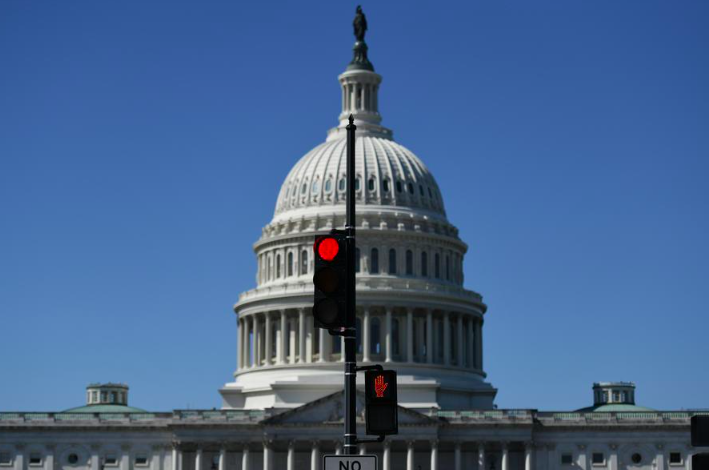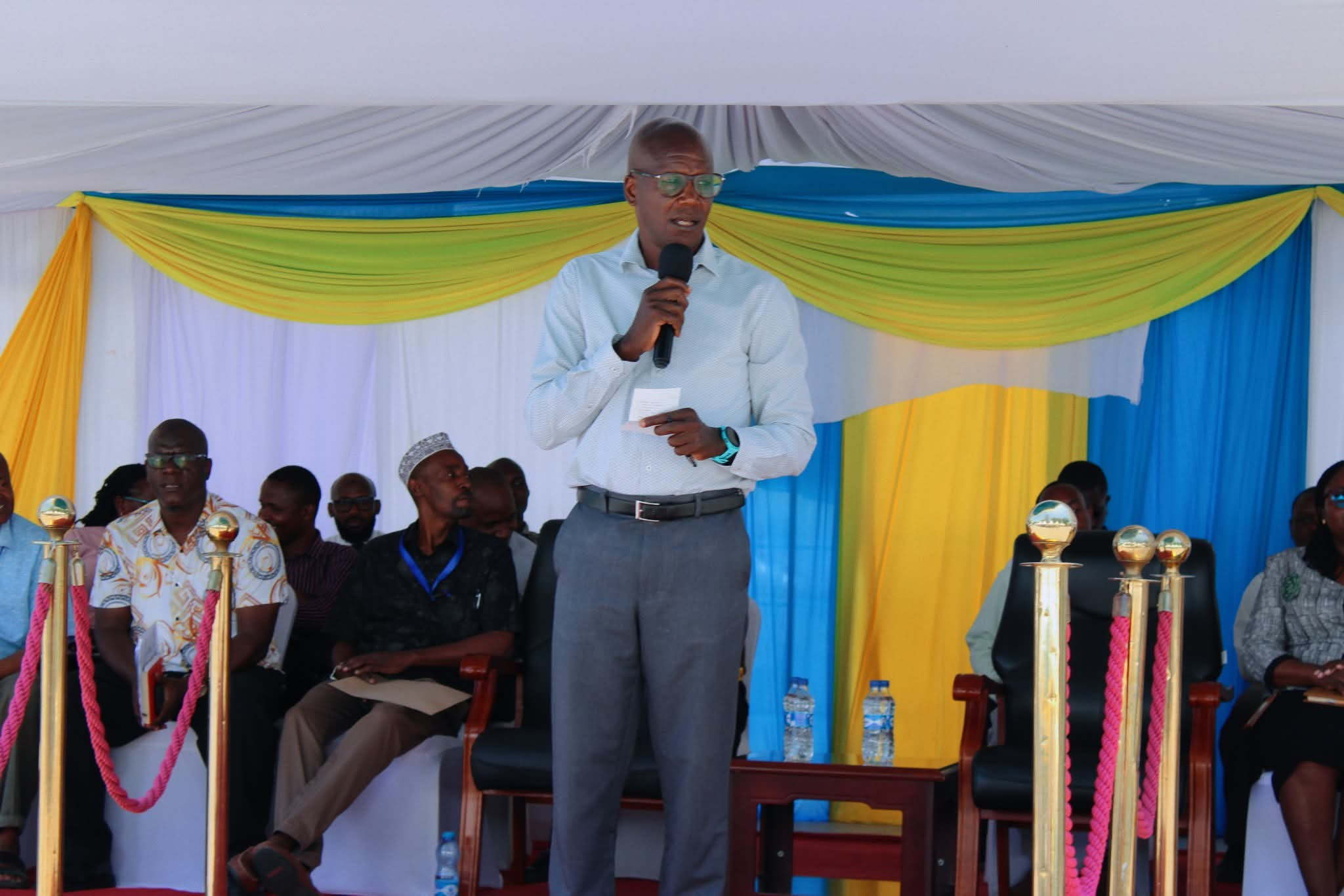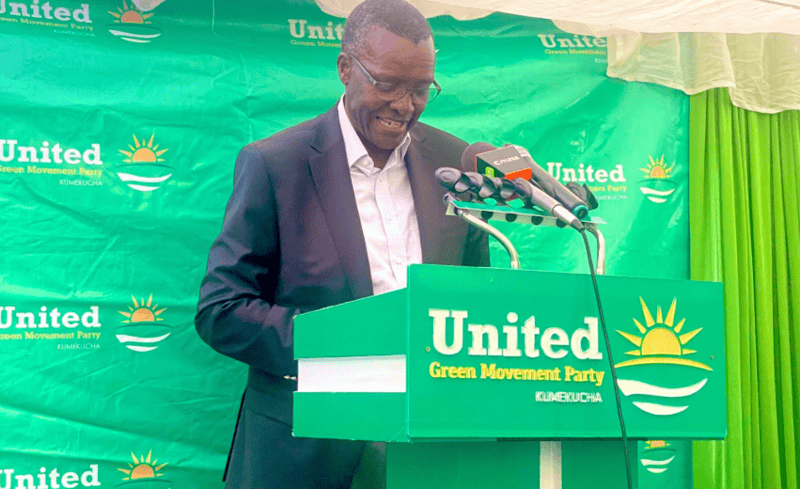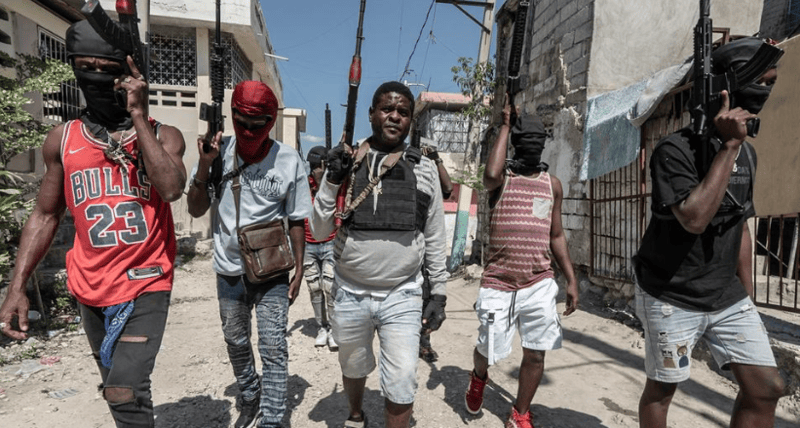Kenya’s 2024 academic year marred by multiple crises
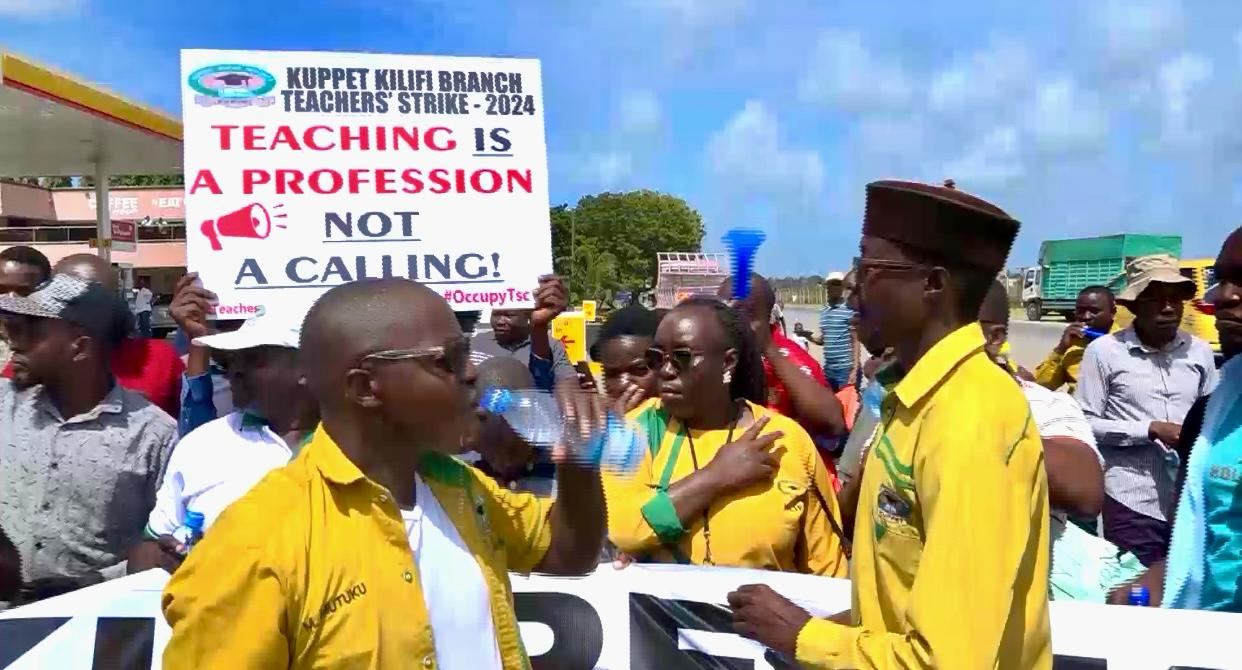
A primary challenge was the delayed release of capitation funds, which is critical for the operation of public schools.
The 2024 academic year in Kenya faced significant disruptions, stemming from funding delays, natural disasters, industrial action, and social unrest, severely affecting learning activities across the country.
A primary challenge was the delayed release of capitation funds, which is critical for the operation of public schools.
More To Read
- Education ministry tightens capitation rules after billion-shilling ghost schools scandal
- Capitation crisis: Schools face financial paralysis weeks before start of national exams
- Families of 21 boys killed in Hillside dorm fire sue state and school for negligence, cite violation of right to life
- Schools face funding crisis as data errors stall disbursements
- Schools enter third week without capitation as 98 per cent submit enrolment data
- 3,000 schools get capitation funds as Ministry continues with verification exercise
In March, the Kenya Union of Post-Primary Education Teachers (KUPPET) threatened to strike unless the government disbursed Sh54 billion owed to schools.
KUPPET Secretary General, Akelo Misori, criticised the government for only releasing Sh3,877 per student, far below the expected Sh11,122 for the first term. This delay put immense pressure on school heads, who faced public criticism despite the lack of funds.
The government later released Sh30.5 billion in capitation grants, including Sh7 billion for Junior Secondary Schools and Sh16 billion for secondary education.
However, this was still not enough to cover the full amount.
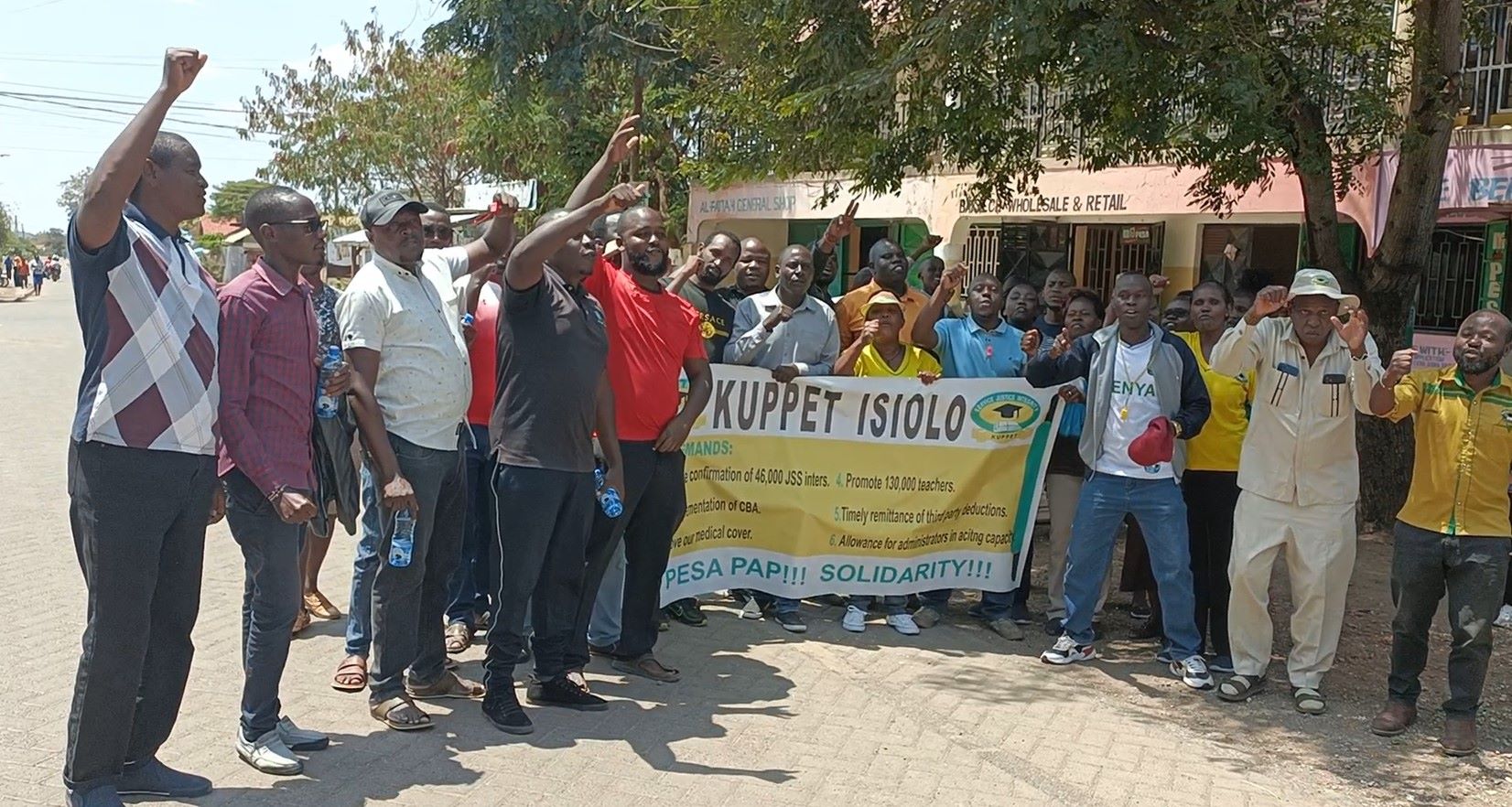 Isiolo Secondary school teachers during a strike earlier this year. (Photo: EV)
Isiolo Secondary school teachers during a strike earlier this year. (Photo: EV)
By June, the government urged secondary school principals to be patient, as many schools had yet to receive the complete funding for the first term.
In October, the Kenya Secondary Schools Heads Association (KESSHA) warned schools could close early unless the remaining funds were released.
KESSHA chair Willy Kuria expressed concerns about the financial strain, particularly as schools faced difficulties preparing for the Kenya Certificate of Secondary Education (KCSE) exams and other assessments.
He also noted that if the remaining funds are not released, staff employed by the schools will be forced to go on long holidays without pay. He emphasised that the funds allocated are insufficient to meet the needs of the schools.
“There’s already a serious financial crisis in schools, and it is not possible to complete the term if the remaining capitation is not released. Unfortunately, school staff will have to go without salaries. We're very worried that the debt burden in schools is getting out of hand,” Kuria, who is also the principal of Murang’a High School, said.
As the situation worsened, the government released Sh21.8 billion for public basic education institutions just before schools resumed in August.
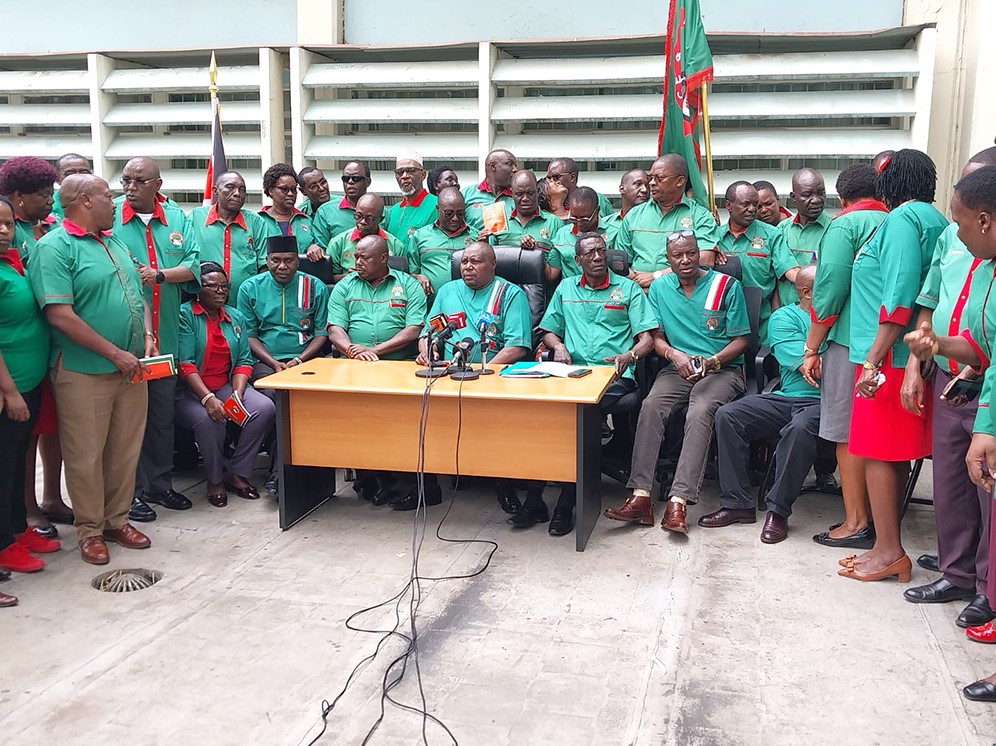 Kenya National Union of Teachers officials when they called for a presser to give a nationwide strike notice on August 26, 2024, which coincided with the start of the third term. (Photo: Education News)
Kenya National Union of Teachers officials when they called for a presser to give a nationwide strike notice on August 26, 2024, which coincided with the start of the third term. (Photo: Education News)
However, the Ministry of Education later revealed that the National Treasury owed Sh59 billion in capitation arrears, further compounding the financial crisis faced by schools.
Labour unrest
The education sector also faced significant labour unrest. Teachers and lecturers staged strikes demanding better pay and working conditions, disrupting both primary and secondary schools as well as universities. Over 50,000 intern teachers boycotted classes as early as April, leaving students stranded.
The KUPPET industrial action in August was particularly significant, lasting nearly a month and forcing some principals to send students home due to a shortage of teachers.
Adding to the turmoil, heavy rains between March and June caused widespread flooding, affecting over 306,000 people and displacing more than 290,000 individuals, according to the UN Office for the Coordination of Humanitarian Affairs (OCHA).
Around 5,278 schools, including 3,196 primary and 2,082 secondary schools, were affected by the floods, with 140 schools remaining closed. These natural disasters severely impacted student attendance, particularly in counties like Tana River, Isiolo, and West Pokot.
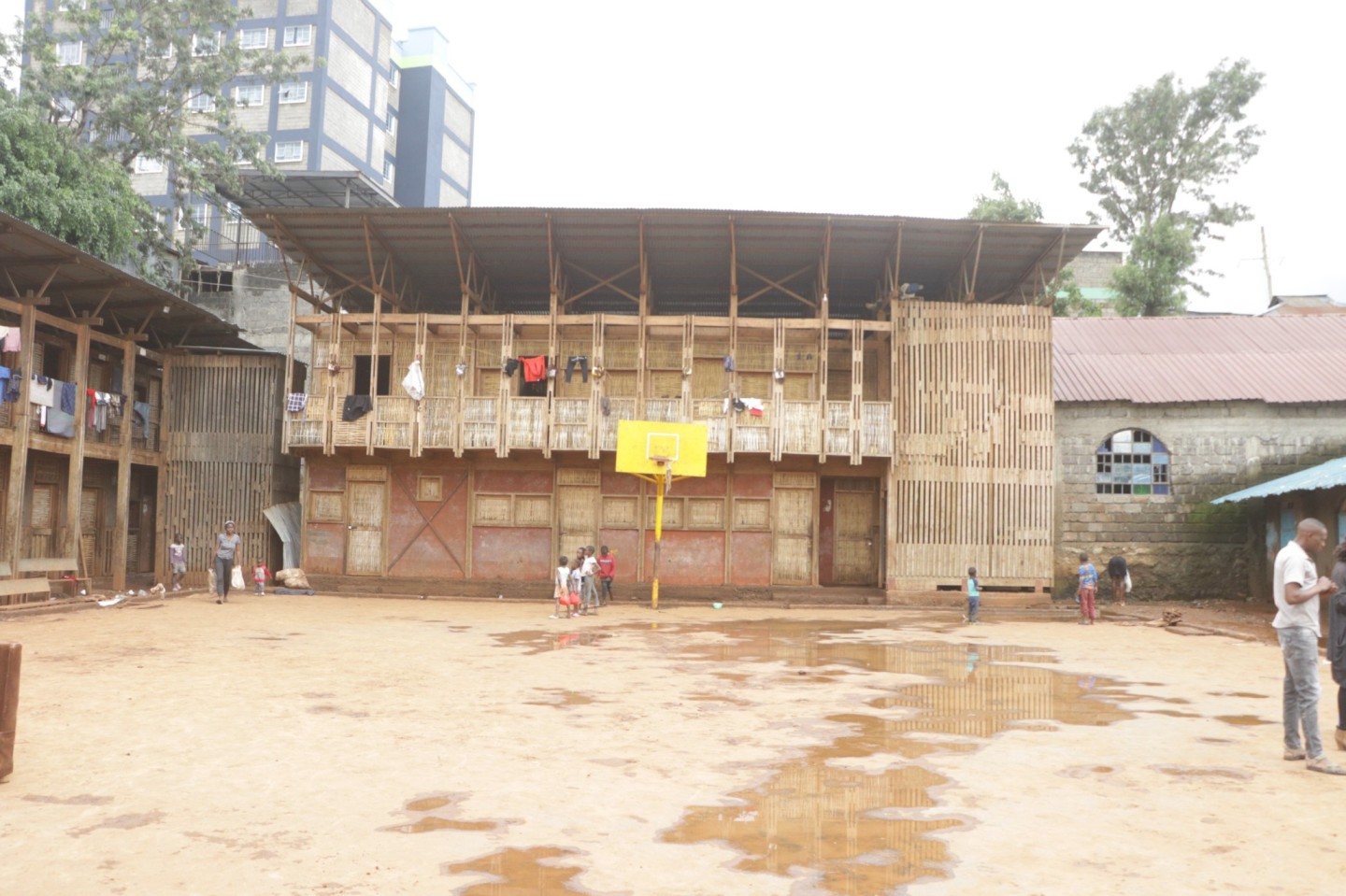 Why Not Primary School in Mashimoni, Mathare has been hosting families affected by floods in April 2024. (Photo:Justine Ondieki)
Why Not Primary School in Mashimoni, Mathare has been hosting families affected by floods in April 2024. (Photo:Justine Ondieki)Why Not Primary School in Mashimoni, Mathare has been hosting families affected by floods in April 2024. (Photo:Justine Ondieki)
Cholera outbreaks in several regions further hindered learning, with schools in affected areas forced to close to prevent the spread of the disease. Health concerns led to more disruption, with some schools forced to shut down, exacerbating the inequalities in education access.
Additionally, the proposed tax increases in the Finance Bill 2024 led to protests, particularly among younger Kenyans, which saw widespread school closures in anticipation of violent demonstrations. The protests culminated in the tragic deaths of 42 individuals and the arrest of over 1,200 people, adding another layer of instability.
Insecure regions affected by banditry and inter-communal conflicts also saw school closures, as safety concerns escalated. Teachers and students in these areas faced constant threats of violence, making it impossible for schools to operate.
Student unrest over the new higher education funding model added further pressure on the system. Protests erupted across public universities, as students, parents' associations, and civil rights groups decried the model as discriminatory. The Kenya Human Rights Commission warned that the new system could exacerbate educational inequalities.
The Elimu Bora Working Group said the disruptions caused immense mental anguish, leaving many students uncertain about completing their coursework or sitting for exams on time.
Top Stories Today

